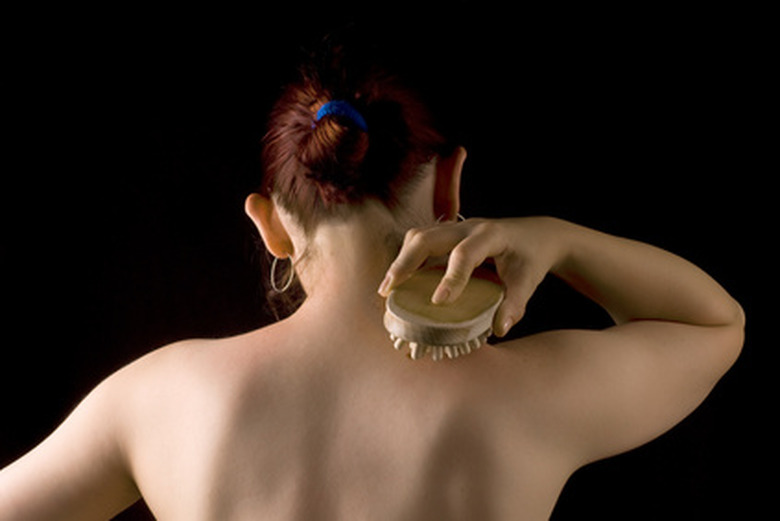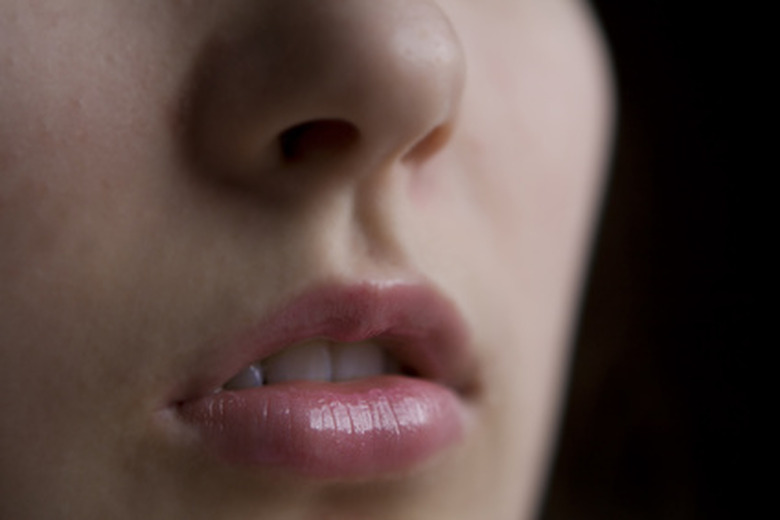What Is A Tactile Sensation?
Tactile sensation refers to the sense of touch, specifically the information received from varying pressure or vibration against the skin. Tactile sensation is considered a somatic sensation, meaning it originates at the surface of the body, rather than internally.
Anatomy
Anatomy
Nerve endings designed to act as tactile receptors are located in the dermis of the skin and send signals to the brain, which the brain then interprets as sensations. Some areas of the body are more sensitive than others because they have more nerve endings. For example, a fingertip, one of the most sensitive parts of the body, has about 100 nerve endings.
Fooling the Brain
Fooling the Brain
Because tactile sensation gathers so much information, it is possible to fool the brain into interpreting information incorrectly. For example, a trick called the Aristotle illusion calls for a person to cross her fingers and touch a small round object. Because the brain is not used to receiving tactile information of this sort from crossed fingers, it will interpret the single object as two objects.
Prosthetics
Prosthetics
One of the most challenging problems in creating realistic prosthetics is reproducing tactile sensations. Tactile sensation allows a person to know how much pressure he or she can place on an object without harming it. Without this information, people could not judge the strength of their grip until what they are holding breaks, bends, or cracks.
Cite This Article
MLA
Howard, Sawyer. "What Is A Tactile Sensation?" sciencing.com, https://www.sciencing.com/tactile-sensation-7565666/. 24 April 2017.
APA
Howard, Sawyer. (2017, April 24). What Is A Tactile Sensation?. sciencing.com. Retrieved from https://www.sciencing.com/tactile-sensation-7565666/
Chicago
Howard, Sawyer. What Is A Tactile Sensation? last modified March 24, 2022. https://www.sciencing.com/tactile-sensation-7565666/

